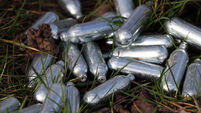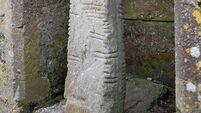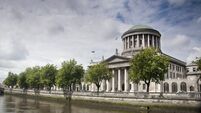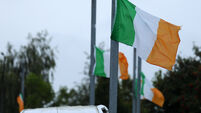Tests proposed to verify remains of St Nicholas on Kilkenny farm

But little did the Co Kilkenny farmer know just how unique when he bought the 115-acre Jerpoint Park property and its old manor, Belmore House, just outside Thomastown.
Unbeknownst to him, beneath the dense vegetation of his new property lay the 12th-century ruins of the Church of St Nicholas and the grave of the saint himself.













